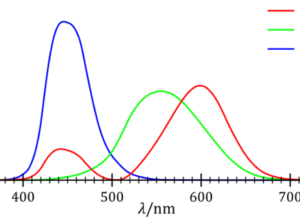Readers will recall that I blogged over a year ago about a defect in a TEAS form, namely the Section 71 and 15 form. This is the form that permits the owner of a US trademark registration that came from a Madrid Protocol application to renew the registration, and at the same time to make the registration incontestable. The defect that I reported back then was that the TEAS form would sometimes force the filer to pay a “grace period” fee even if no grace fee was actually due.
Another defect in this particular TEAS form has surfaced. Suppose the registration is between 9 and 10 years old and has not yet been made incontestable. Then it should make sense to permit the filer to use this Section-71-and-15 form. But the form won’t work. The form will refuse to proceed, stating (untruthfully) that the registrant is not permitted to do a Section 71 filing at this time as well as a Section 15 filing.
I reported this problem to the USPTO over a year ago. It still has not been fixed.
When I reported this defect in the TEAS 71-and-15 form, USPTO suggested a workaround, namely to give up and do the Section 71 filing in one e-filing project and to do the Section 15 filing in another e-filing project. I guess strictly speaking this does count as a “workaround”, but it is not a very good workaround. It forces the US practitioner, and the foreign trademark firm, and the client of the foreign trademark firm, to deal with twice as many emails, and twice as many settings and clearings of dockets, and twice as many opportunities for an e-signature to go wrong. It also forces the participants to deal with a doubled risk of a lost email.
The challenge, I guess, for the developer of the TEAS form, is that the TEAS form needs to check for several conditions to be satisfied:
- today’s date is within the relevant window (5 to 6 years, or 9 to 10 years, or 19 to 20 years, etc.),
- the registration is at least 5 years old, and
- the registration has not already been made “incontestable”.
It strikes me that this coding task should be well within the ability of even a relatively novice programmer. It seems to me that even if a team of two or three coders were to be required, they could accomplish this coding task in less than one day. I’d be glad to contribute a day’s worth of pizza and energy drinks to get this coding task completed.
I had hoped that by now USPTO would have gotten this fixed. But as of now, it is still impossible to use the 71-and-15 TEAS form for any window later than the 5-to-6 window.

